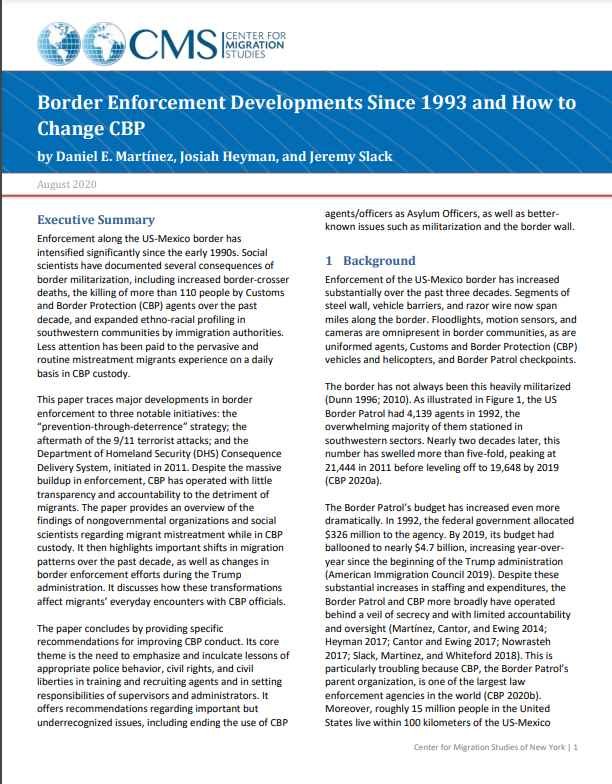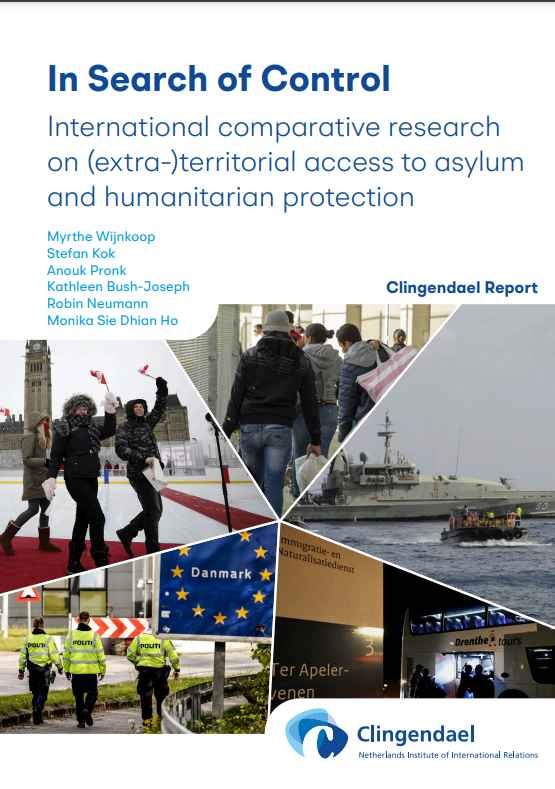By James Rochlin
The near collapse of the Venezuelan economy since 2015 and the concomitant erosion of public order have led to an exodus of over seven million people by mid-2023, the largest forced migrant flow in recent Latin American history and the second largest globally after Syria. It occurs against a global backdrop of a 400 percent increase in persons displaced across borders between 2010 and 2021. Colombia hosts the largest number of Venezuelan refugees — with about 2.5 million officially recorded by the government. This has occurred during a politically tumultuous period in Colombia, which has featured the reconfiguration of competing illegal armed groups since the signing of the 2016 Peace Accord between the government and the Fuerzas Armadas Revolucionarias de Colombia (FARC), a major COVID-19 outbreak in 2020–2021, and a crippling and protracted national strike in 2021.
Within the hemispheric context, Colombia serves as a stop-gap to stem the flow of Venezuelan refugees northward, roughly similar to the role played by Mexico to intercept and diminish migration to the United States. This has especially been the case since the January 5, 2023 announcement by US President Biden, which specified that refugees cannot declare asylum in the US if they attempt to cross the US border without first seeking asylum in their initial transit country. For Venezuelan refugees, the first country they enter is typically Colombia. Further, in May 2023, the Biden administration announced it was considering sending US troops to the Darien Peninsula in Panama, and will perhaps train Colombian forces, to diminish the “trafficking” of Venezuelan refugees and other refugees passing through Colombia and headed north. The result, according to leaders of NGOs and other who work directly with refugees, has been more pressure on Colombia to retain them.
The argument here is twofold. First, human security threats for Venezuelan refugees should be viewed intersectionally in the particular spaces through which they pass — from the collapse of order in their home countries (which qualifies them as refugees), through the borderlands with Colombia that pose specific threats to their safety and wellbeing, and to their destinations within Colombia that offer their own peculiar array of opportunities and human security challenges. Second, regularization programs such as the Estatuto Temporal de Protección de Migrantes Venezolanos (ETPMV) are the best way to promote human security for refugees in Colombia in the short and medium terms, but this process needs to be more inclusive.1 The first half of this paper discusses the conceptual underpinnings that link power/mobility/space to human security for refugees. The second part brings those concepts to life through interviews with an assortment of refugees.
The paper draws from a database of interviews with 72 Venezuelan refugees in Colombia in 2022 and 2023 regarding the intersectional nuances of human security. It also relies on interviews with dozens of security, migration, and human rights experts in Colombia since 1997. A unique conceptual perspective is developed regarding critical human security for Venezuelan refugees. Journal on Migration and Human SecurityVolume 11, Issue 4, December 2023, Pages 333-355


























